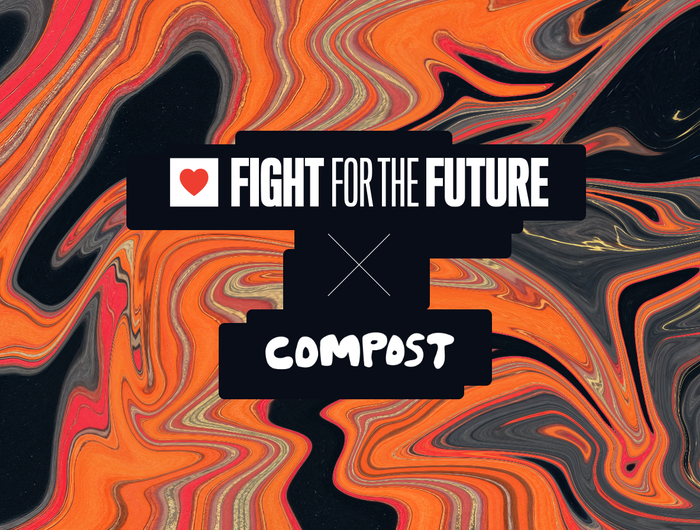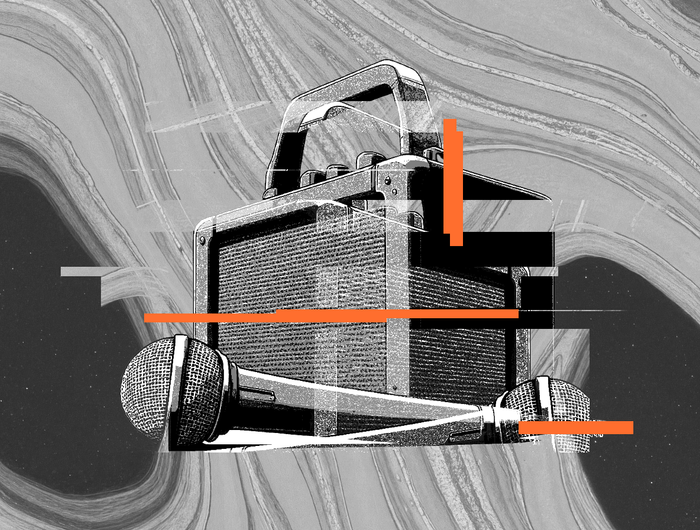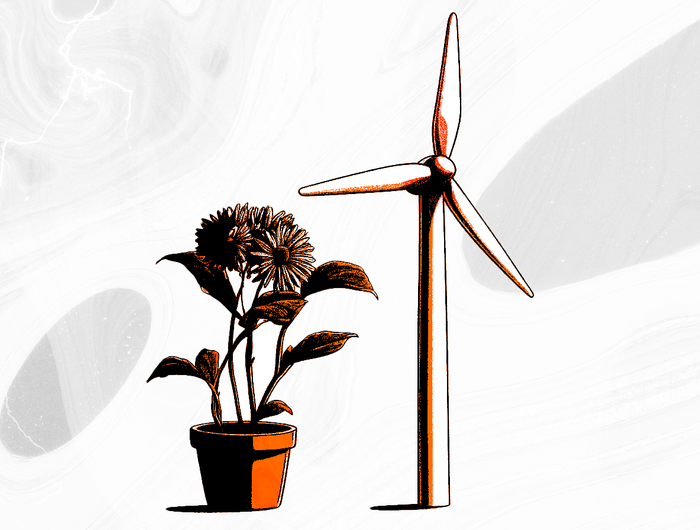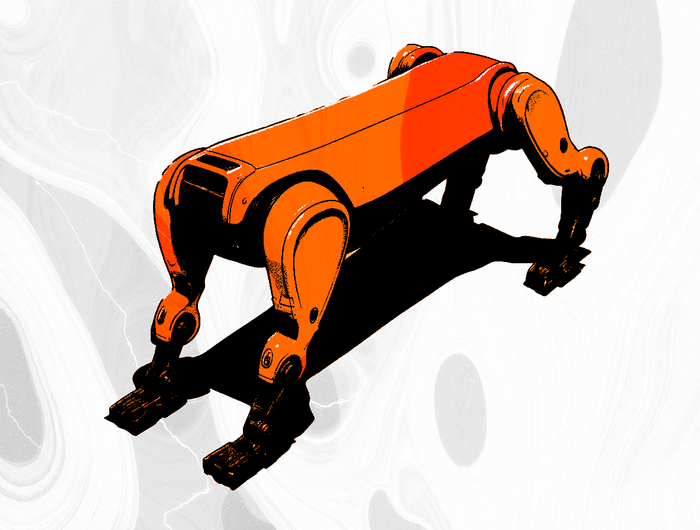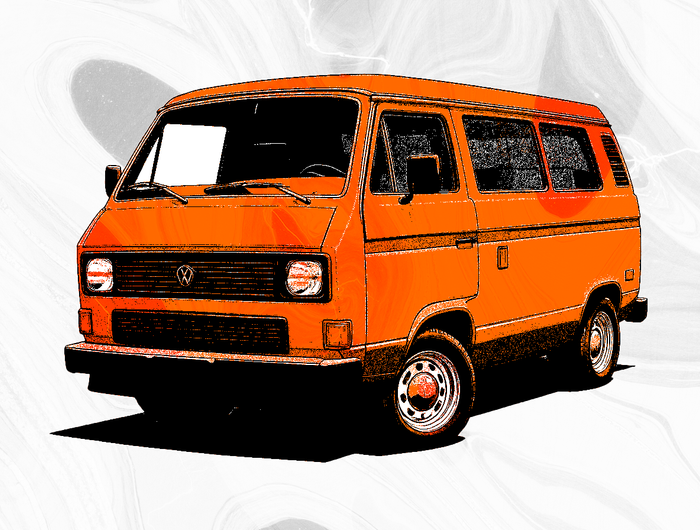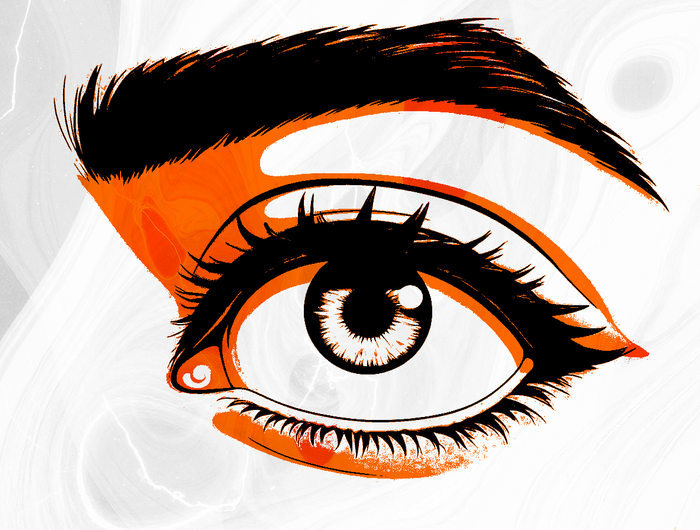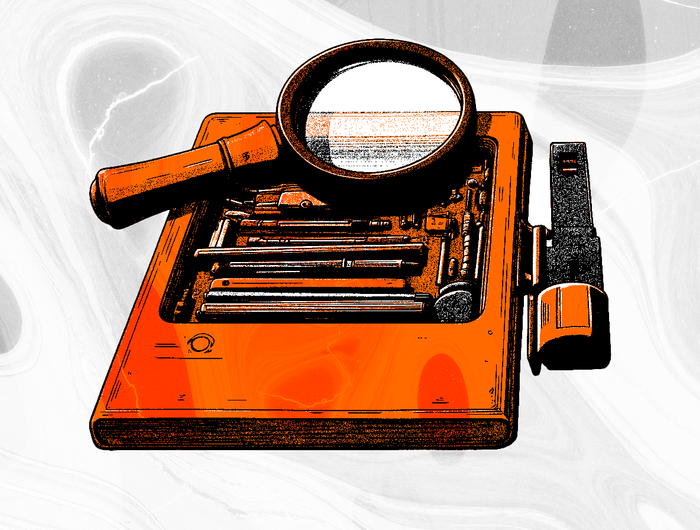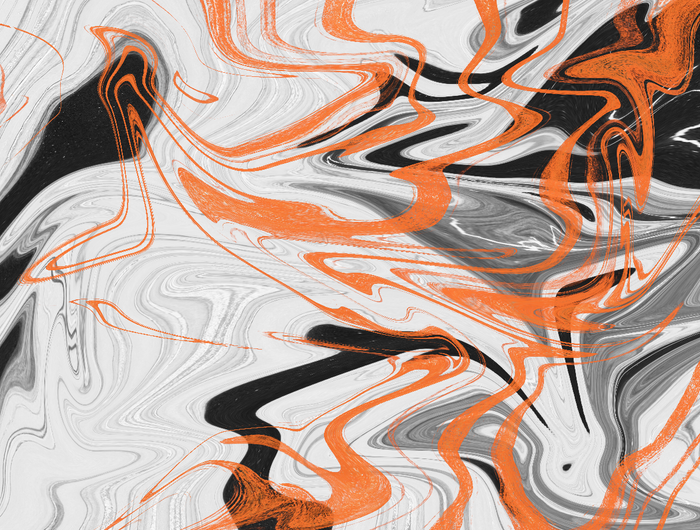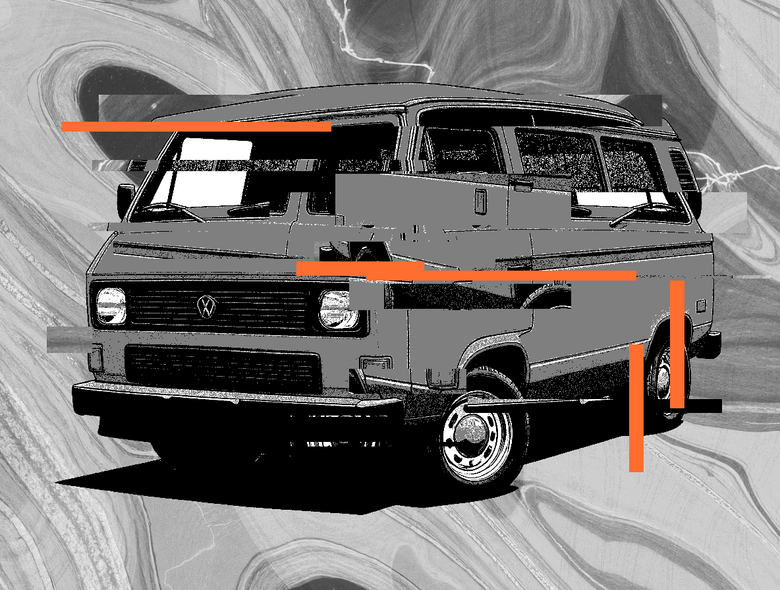
Perspectives: A Charm to Keep the Evil Eye Away from Your Campervan; Or, Roamin’ Rights
What follows is a synthesis of thoughts and discussion related to A Charm to Keep the Evil Eye Away from Your Campervan; Or, Roamin’ Rights by Christopher R. Muscato.
These largely come from a series of discussion sessions at RightsCon 2025 in Taipei, Taiwan. They are intended as fodder, inspiration, and incitement for creators to dig deeper on surveillance technologies and consider intersections in their own forthcoming works.

Surveillance can be invisible all around us—and instantly weaponized
The reality of corporate and state collaboration on mass surveillance is well-depicted in this story. Turning cars into private surveillance systems has already happened—with built-in location tracking, facial recognition, and more. It is not difficult to extrapolate how such systems might already be used in the US — for example, to track the real-time location of undocumented people or enemies of the state and send teams out to disappear them. Activists have been warning about the dangerous and insidious nature of warrantless mass surveillance via corporate partnerships and data brokers for many years.
It is quite visceral to read the terror and panic of the character in the story who is kidnapped by their state-commandeered autonomous car, and a pertinent warning that many of the networked systems that we purchase (or more likely license) can be turned against us by corporations, or governments, or those that hack them to control them remotely. It doesn’t matter whether it’s video doorbell data, live location tracking on a game app, or the way your automatic vacuum has mapped the interior of your home.
In contrast, we have to remember that these systems can be used by whoever controls them—and so they are also fertile ground for resistance. The way in which all the data and power is centralized is a huge vulnerability. We see this in how Veronica injects biometric blocking tech into the windshield of the campervan, fighting back as she recognizes her complicity with a state that now wants to disappear her for doing her job too well.
The enhanced autonomy and freedom that the Roamans have collectively invested in through their lifestyles and infrastructure best positions them to take advantage of hacks on the state’s tech, and avoid being controlled by it. More stories that explore how communities might further invest in decentralized, collective projects that expand their autonomy and can’t be co-opted by the state are something participants are eager to see.
More:
-
https://www.404media.co/leaked-palantirs-plan-to-help-ice-deport-people/
-
https://www.cnn.com/2024/01/24/tech/amazons-ring-video-sharing-with-police/index.html

The importance of ownership and repair culture to autonomy & resistance
If you own your technology and your data, and have the right to fix, modify, preserve, and share it as you wish, you actually have a lot of power. If Roamans did not own their campervans and have the right to use them however they wish, they would lose the locus of their power and resistance. And they would be locked out of knowing not only how their tools and infrastructure work, but out of their cultural value of learning such things and their ability to envision how they might want to make changes. This shows the importance of movements like Right to Repair and the fight against copyright and intellectual property laws that allow corporations to mandate surveillance-enforced licensing between every person and the digital books and films they don’t actually own. And, increasingly, between a driver and the features of their vehicle.
“Making technology break is an easy way to teach or explore something different.” - RightsCon Participant
“There is so much pessimism in the torment nexus. Punk means going against the grain and that in itself is hope—seeing how reality can be fought.” - RightsCon Participant on solarpunk stories
The economic model of the Roamans and the possibility it opens is quite interesting—a good way to allow for adaptation and a deeper understanding of their relationship with technology because the tech they rely on has been around for a long time. It’s familiar and well-known and allows for a repair culture that is highly social, even open source. This points to the networked human relationships among the nomads — which could be viewed in a way as their own technology, if we want to be very nerdy about it. These relationships and the “technology” of human trust are what helps the Roamans maintain their power and freedom in their responses to the surveillance of a high-tech world. The heroes are heroes in this story for the most part because they’ve chosen not to be complicit in large systems they can’t control, understand, or keep up with.
More:

What should we do with the data we control?
Throughout this discussion, we’ve returned to the idea that decentralized control and ways of life are powerful—and that what unites people in advocacy or resistance often is their shared values. One of the major grapplings in tech and human rights spaces now is with the fact that untold amounts of data are constantly being generated. This data is being packaged and sold to advertisers, analyzed by governments, scraped by AIs, used by researchers to study inequality and online harms, maintained by institutions like the Internet Archive so that we have an accurate historical and cultural record, leveraged for analysing disease and mental health and the effects of pollution on populations — in other words, being used for an extensive list of good and bad things.
What’s largely missing in this equation is informed consent, because there are simply too many people wanting to do too many things with our data. It’s not feasible for each individual to consent to it all with a meaningful understanding of what they’re agreeing to. Yet, an artist who may not want a tech billionaire’s AI scraper to use their art may feel honored to be preserved in the Internet Archive or studied by anthropologists and art students.
The Roamans’ lack of data-sharing as resilience against state repression led us to wonder about what data Roamans might share among themselves, and how they do it. If, as we think may be the case, a more rights-affirming digital landscape would allow people more autonomy with their data—i.e., more closed and trusted data and control over who it’s shared with—how do we get there?
Untraceable is dangerous to the state by nature, the state basically always wants to surveil because surveillance is power, but the state is also blind to those it does not perceive as a threat. This story sits at a critical inflection point: the moment that Veronica has found a vulnerability, and taught the state that Roamans are a threat. This highlights the potential threat of research, analysis, and general work with bulk data to end up doing severe and unintentional harm.
Many believe that communities and individuals should have a say about whether or not any data from them should be open to the public. Others that the onus of protection and consent should sit at the source of data collection. Most would say that data brokers who profit from selling scraped personal data should be banned as a business model. And yet others believe since it’s all available anyway for those with enough money and power, all data should be open and accessible so that people can learn from it, train competitors to big abusive AI models on it, etc. We could use some creative people grappling with these questions.
More:

Find knowledge in the Other, on the fringes and in alternative lifestyles
In reading about the Roamans, many of us thought of the large populations of unhoused people and climate refugees in places like the US. While many who live unhoused do not do so by choice, and “van life” is a cultural meme of privilege. This story breaks that dichotomy, and reminds us that the collective ability to resist surveillance can be a possibility regardless of class or income.
The unpredictable nature of both unhoused people and climate refugees make them uniquely dangerous to the state because they are harder to surveil, harder to control, and not opted into many of the systems and infrastructures that more conventionally-living people fear losing. And one of the ways that state fear manifests is in discrimination and the undervaluing of alternative communities.
“I liked that they called it a republic: a loose confederation of nomads. Maybe that is what the future is? A confederation of not “tangled” collectives?” - RightsCon Participant
One plot point here runs counter to conventional concern when it comes to surveillance—that it is often leveraged against people living at the margins first. We discussed whether it was realistic that the fascists would focus on Roamans last. We returned to the common reality of regional minorities being not just traditionally marginalized, but traditionally underestimated.
In the story, the fascist-voting older woman who joins the Roamans is able to do so because of her repeated exposure to their culture for repairs and assistance. She abandons her home and her political leanings with bright hope for a future with the silver fox Roaman doctor. Often, people do not confront the harmful realities of surveillance until they personally experience them. A great question to ask: how might your characters care earlier/take action earlier?
It can be heroic for people to change their minds, especially if they have previously judged the fringes. And it is similarly heroic to allow others to change their minds and be accepted, an important growth area for many activist movements. The outdated dichotomy of good vs evil thinking can drive tribalism or us vs. them thinking—which is not how the Signora and Carlo see each other. Their mutual recognition that other ways of living are possible is at the root of their power.
“For many communities their idea of safety is to keep their doors open, not to have fear in the streets.” - RightsCon Participant
There’s a reminder too that our fringes can be rooted in ageism, too. Intergenerational solidarity between the Signora and Carlo illustrates the power of bringing disparate communities together to stand up against power and subvert the expectations of surveillance and authoritarianism.
More:

Crisis is leveraged to increase surveillance
This is not the only story in the toolkit that interrogates the doublethink of social responsibility’s weaponization for fascism. Here, the climate crisis is leveraged to increase surveillance and oppression—putting a very individualistic spin on a largely corporate responsibility. As fascist movements co-opt environmentalism and subvert climate justice, they focus more on preserving values and land rather than reimagining the capital system and all its negative contributions.
“Italy is said to be governed by a climate respecting party, which is actually a pro-fascist movement that is using this discourse to execute surveillance technologies and assume every element of our lives.” —- RightsCon Participant
This is symptomatic of the proliferation of the policing gaze in popular media. We should not accept the trend toward individual sustainability as something to be policed, rather than a joyful and connected way of life on Earth that we should work to realize for all people—not only those with great privilege and resources that come at the expense of the exploitation in the renewable energy sector.
There are other ways that crisis is leveraged for surveillance, including:
-
Upgrades: These create an infinite growth market for surveillance tech. As in: “If we only had the right surveillance in the right place it would have saved us like in the movies.”
-
Social ills as discrete vs. systemic: Most social ills are the result of systemic failures in our governmental systems. Tech is presented as a bandaid for the downstream effects of bad governance, which will forever be a moving target that is used to justify more and more invasive technology.
More:

Love that this story chooses…
-
TO champion the whistleblower in Veronica. Leaks in corporations and governments are very important to transparency.
-
TO explore the fruitfulness of introducing a world and then interrogating the anti-surveillance, decentralized, human-first elements of that society halfway down the road.
-
TO NOT get totally caught up in the back and forth of the techno-war. Veronica defeats the surveillance tech she worked on and uploads a bug to the campervan, which might be a little simplistic—but the heart of this story isn’t about the tech, and it’s well-received in the spirit it was written.
-
TO emphasize the importance of resistance pockets—including people who live individually by strong anti-surveillance principles.


